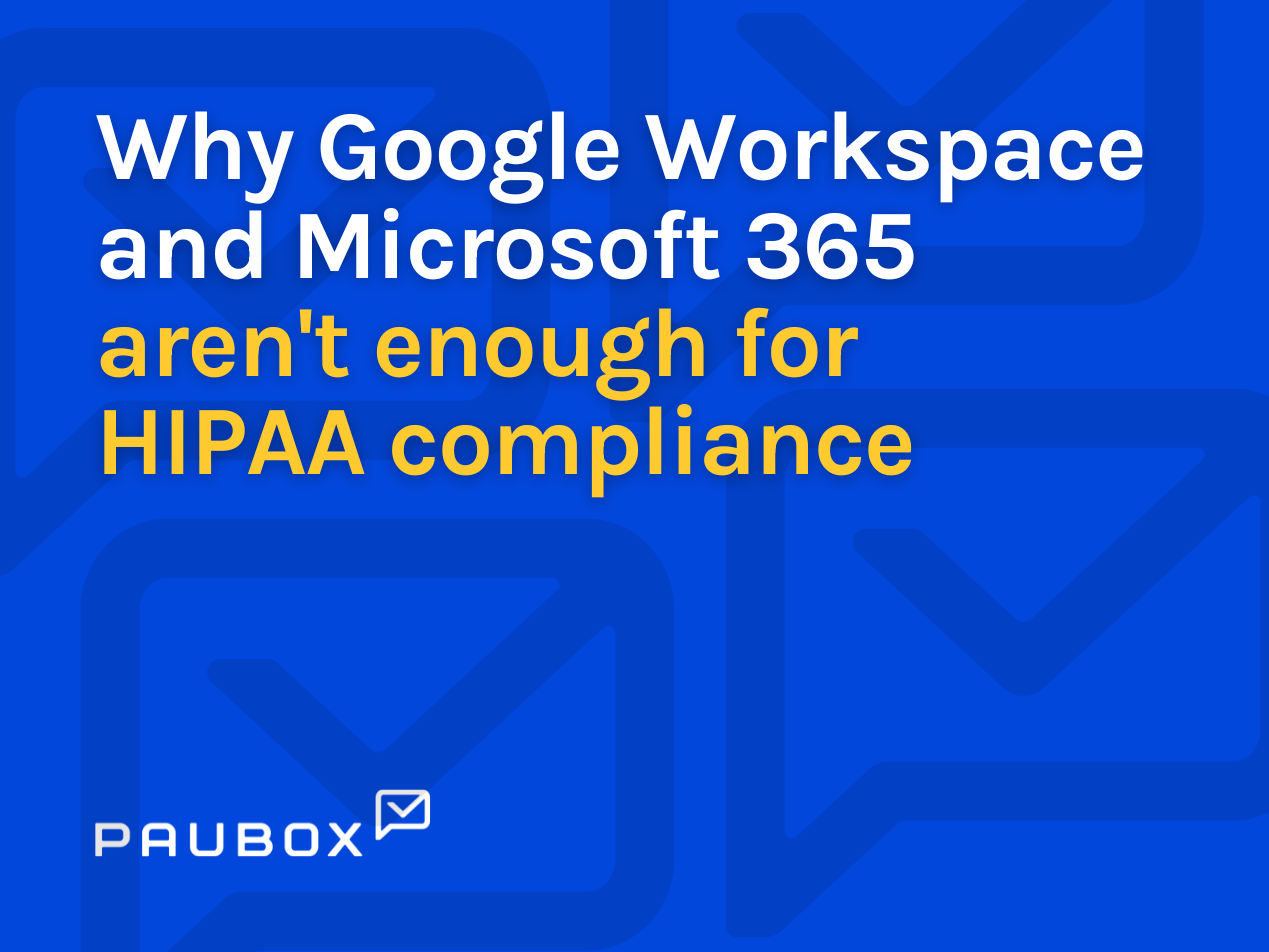
Risk management is an important part of any business, but it’s especially true in the healthcare industry since HIPAA compliance requires it. In recent years, the threat of cyberattacks has put an emphasis on managing risks to an organization’s network and patient data.
What is risk management?
Risk management encompasses the implementation of security measures to mitigate identified risks to a reasonable and appropriate level. It involves developing and implementing policies, procedures, and controls to reduce the likelihood and impact of threats to ePHI.
Read more: What is ePHI?
The risk management process
The risk management process focuses on the implementation of security measures to reduce risks to a reasonable and appropriate level.
Step 1: Develop and implement a risk management plan
The first step in the risk management process is to develop a risk management plan. This plan should outline the prioritized risks, the selected security measures, and the implementation strategy. It is important to involve key stakeholders and decision-makers in this process to ensure the plan's effectiveness and alignment with organizational goals.
Step 2: Implement security measures
Once the risk management plan is developed, the covered entity can begin implementing the identified security measures. This involves executing projects or activities to deploy technical and non-technical controls, such as access controls, encryption methods, and security awareness training. The implementation should be performed in a structured manner, with clearly defined scopes, timelines, and resource allocations.
Step 3: Evaluate and maintain security measures
The final step in the risk management process is to continuously evaluate and maintain the implemented security measures. Regular monitoring and reassessment are necessary to ensure the effectiveness of the controls in reducing risks. This may involve periodic technical and non-technical evaluations, response to environmental or operational changes, and updates to security policies and procedures.
Read also: How to perform a risk assessment
Evaluate email security risks
Communicating with patients is needed for increasing engagement. But emails are also a top threat vector that could lead to your network getting infiltrated and compromised.
Some providers choose patient portals for secure communication. But patient portals tend to be too complicated and don’t get used by patients. That’s why implementing HIPAA compliant email can help improve your relationship with your patients while still protecting sensitive data.
Paubox Email Suite Plus automatically encrypts all outgoing emails which keeps patient data safe from unauthorized individuals. Your employees can directly communicate with patients right in their inboxes.
Our HITRUST CSF certified software also includes robust inbound security tools that detect malicious emails and quarantine them. This means that your employees won’t receive phishing emails, spam, viruses, or malware in their inboxes. The risk of human error can be minimized.
See also: HIPAA Compliant Email: The Definitive Guide
FAQs
What is basic risk management in healthcare?
Risk management in healthcare comprises the clinical and administrative systems, processes, and reports employed to detect, monitor, assess, mitigate, and prevent risks.
What is the risk management of security?
Security risk management is the ongoing process of identifying these security risks and implementing plans to address them.
Who is a risk manager in healthcare?
A risk manager will be responsible for a facility's emergency preparedness plan, as well as its psychological and human healthcare support services.
Subscribe to Paubox Weekly
Every Friday we'll bring you the most important news from Paubox. Our aim is to make you smarter, faster.




